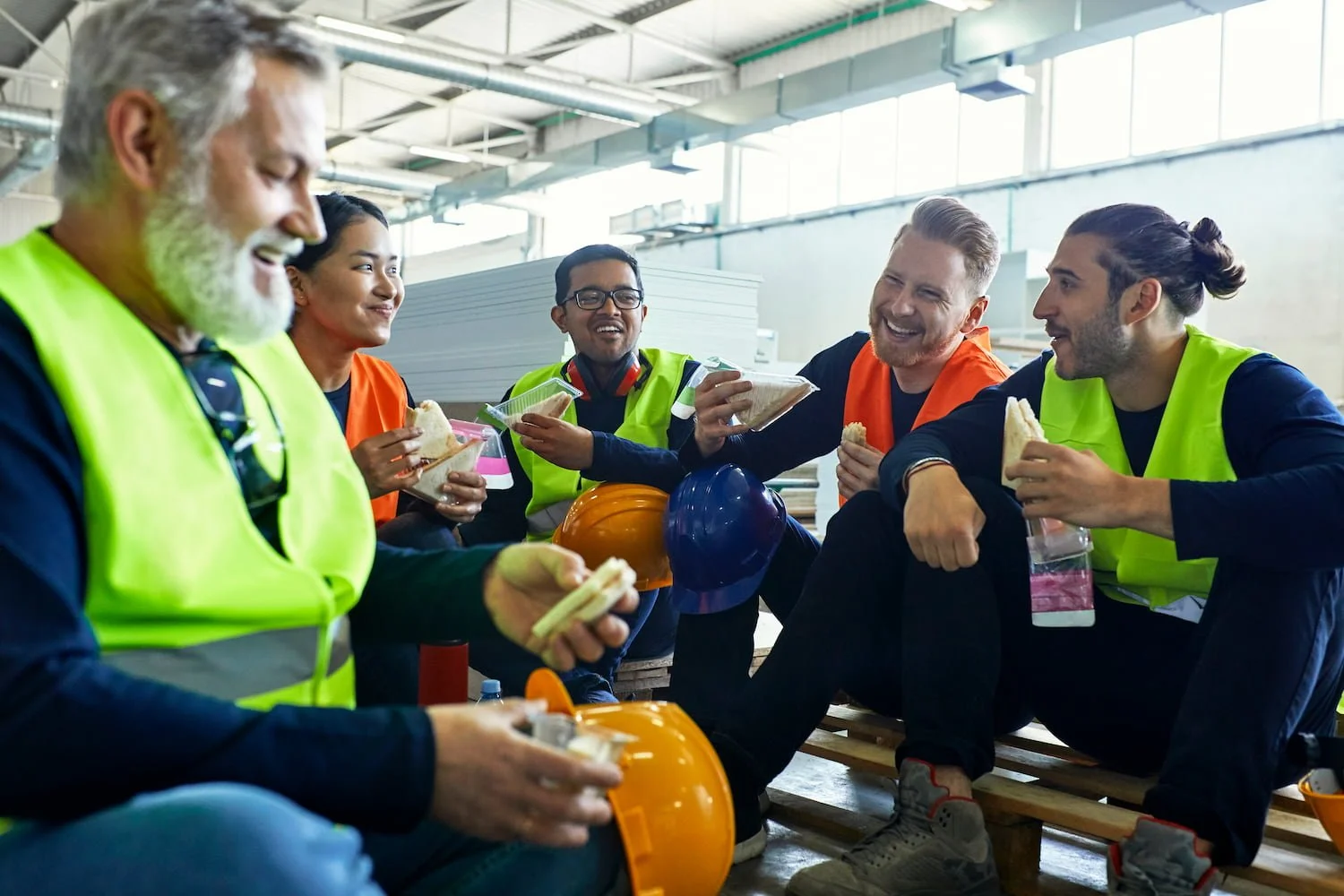What Is Labour Day All About?
As the Interchange team were discussing what we got up to over the long weekend in Victoria, we started to think about the meaning behind the Labour Day public holiday. What is Labour Day all about? As one of the less talked about public holidays, we thought we would shed some light on what the day represents in Australian history and how it is still relevant today.
During the 1800s, the typical working conditions in Australia were not what they are today. Many employees would work approximately 12 hours a day, 6 days per week. There was no sick or annual leave, and employers could terminate staff without any notice.
During the Gold Rush, Victoria became home to many new migrants who were looking to work on the goldfields. With these migrants came James Stephens, a British stonemason who had been involved in the labour movement in England. Stephens and many others were determined to enforce fair working conditions in Australia and a union was formed. The union put forward three main arguments in favour of a shorter working day, these were:
Australia’s harsh climate does not allow for long working hours without sacrificing health.
Workers needed time to develop their ‘social and moral condition’ through education.
Workers would be better family members and citizens if they had more recreational time.
They decided that an 8-hour working day was appropriate, leaving 8 hours for recreation and 8 hours for rest. The proposal of these terms was not received well by the building companies. In protest, the stonemasons, led by Stephens, put down their tools on-site at Melbourne University and walked off the job. As they marched, various trades people from alternate sites put down their tools and joined their cause.
In the coming months, the stonemasons continued to negotiate with employers and Government, until an agreement was finally met. Stonemasons were granted an 8 hour work day while still collecting the same pay as they were previously.
Although this was a huge achievement, not all workers were granted the same rights, so the fight continued throughout the 19th century.
Finally, in 1948, the Commonwealth Arbitration Court granted a 40-hour, five-day working week for all Australian employees.
As creators of organisational culture change, we often witness the effects of an unhealthy work-life balance. Time and time again, we come across organisations that create a culture based on overworking and fear. In these scenarios, employees who work longer hours are praised by the organisation and are seen to possess a stronger work ethic than those who work within normal operating hours. This behaviour then becomes contagious, as other employees feel that they have to follow suit, or they may be viewed as lazy. It starts to spread as other employees feel pressured to do the same or they may be viewed as lazy. Suddenly you have a company full of people who stay back past office hours, work over the weekend and can’t get away from their computers, even on sick days.
The organisation may be under the impression that by creating this culture, they have increased the level of productivity while avoiding the cost of additional salaries. This may be the case for a short period of time, however, in the long run, overworking is extremely detrimental, not only to the wellbeing of the employees but to the business as well. Time with family and friends will be reduced, sleep will be impaired, more mistakes will be made, and as a result, overall business performance will plummet.
If a workplace culture revolves around overworking, the organisation is only doing itself a disservice.
By implementing a flexible working environment, the overall wellbeing of each team member will greatly benefit. It will allow them to work more productively, feel more energised, be more resilient to stress, feel engaged with the world around them, apply more creativity to their role and feel happier overall.
While the union movement fought (and still fights) for workers’ rights to achieve the 8-hour working day, it is important for us to find the balance between work, rest and play in today’s constantly connected society.
References
National Museum Australia, Eight-hour day, https://www.nma.gov.au/defining-moments/resources/eight-hour-day, n.d, viewed 8th March 2019.
State Library of Victoria, Origins of the 8-hour day, http://ergo.slv.vic.gov.au/explore-history/fight-rights/workers-rights/origins-8-hour-day, n.d, viewed 8th March 2019


